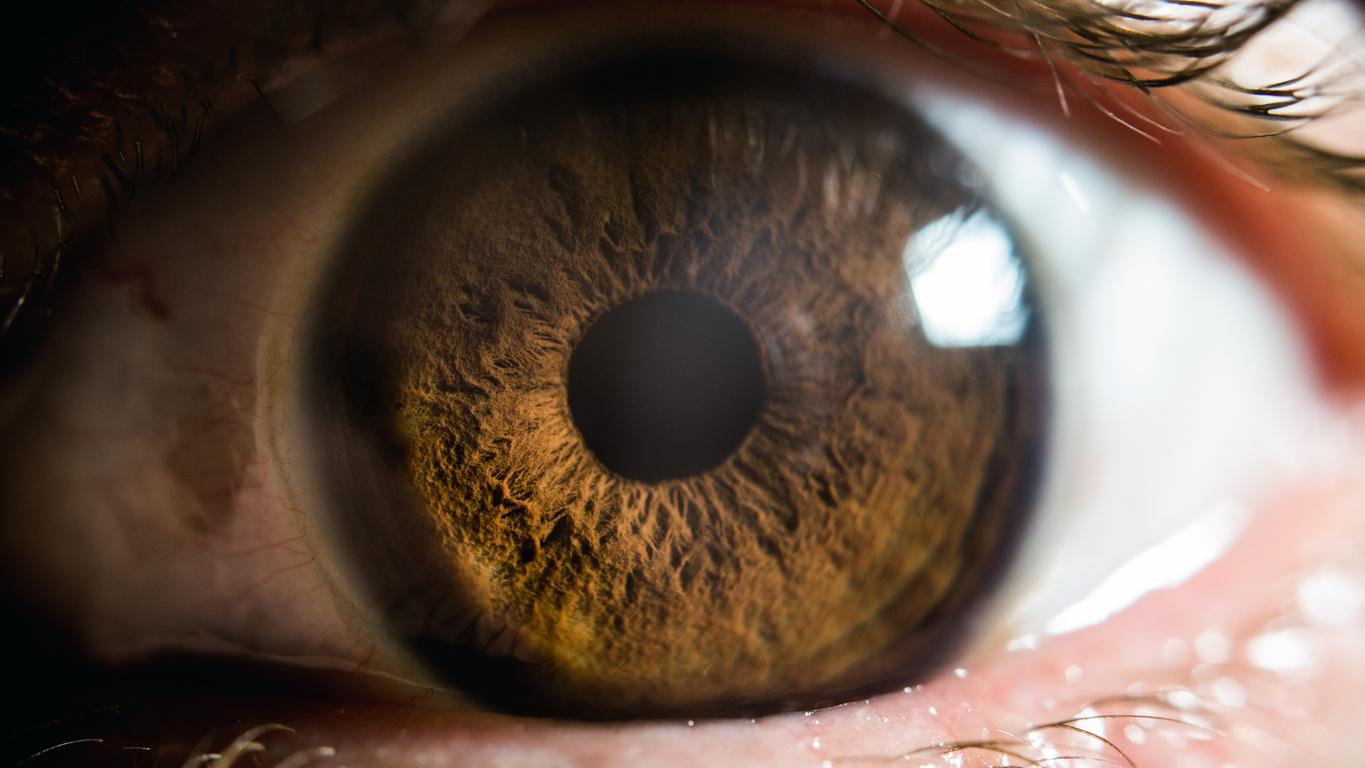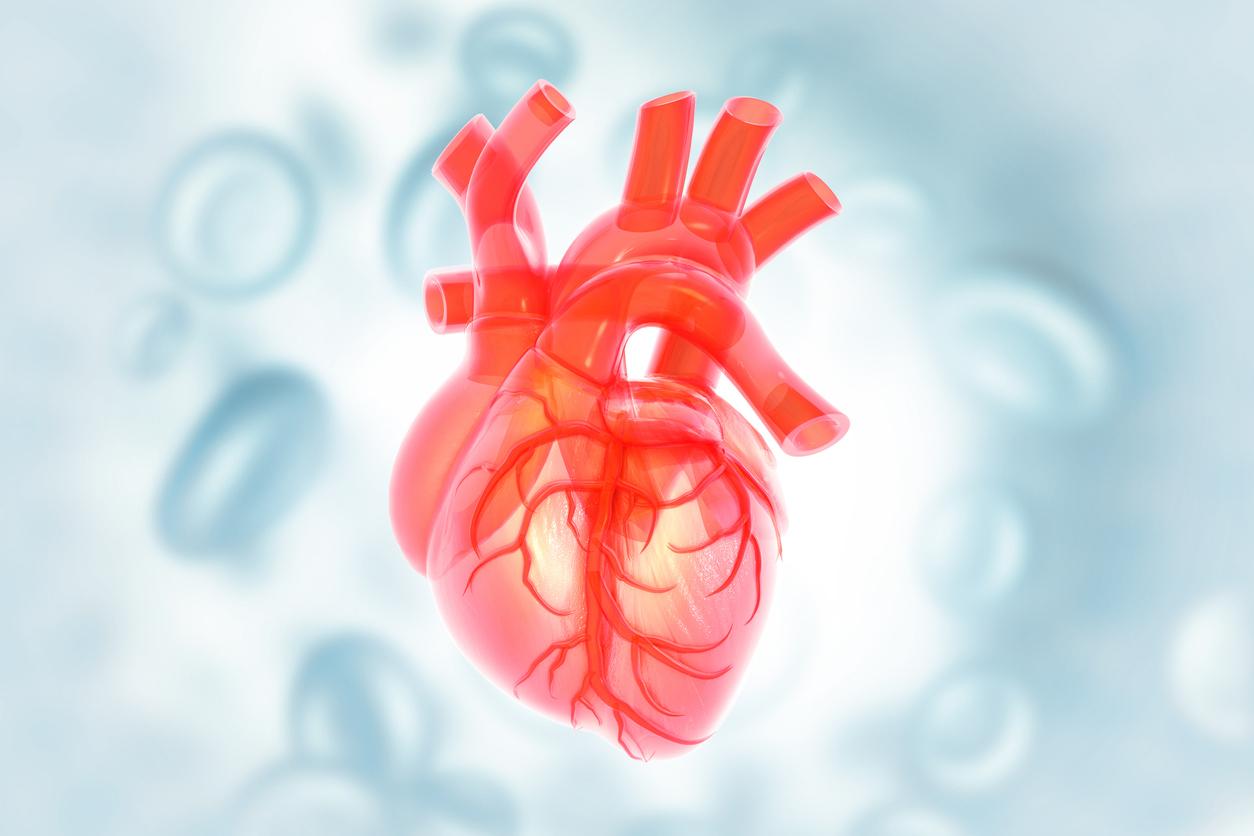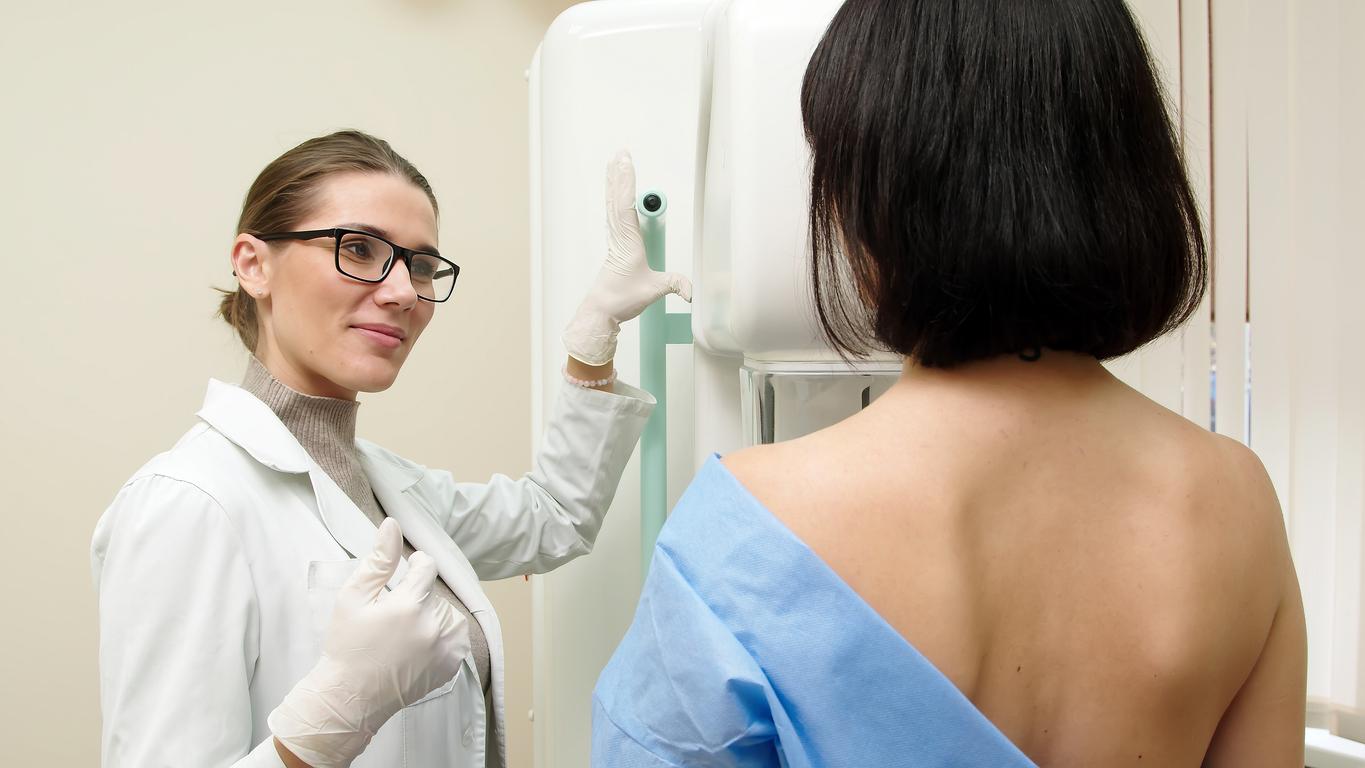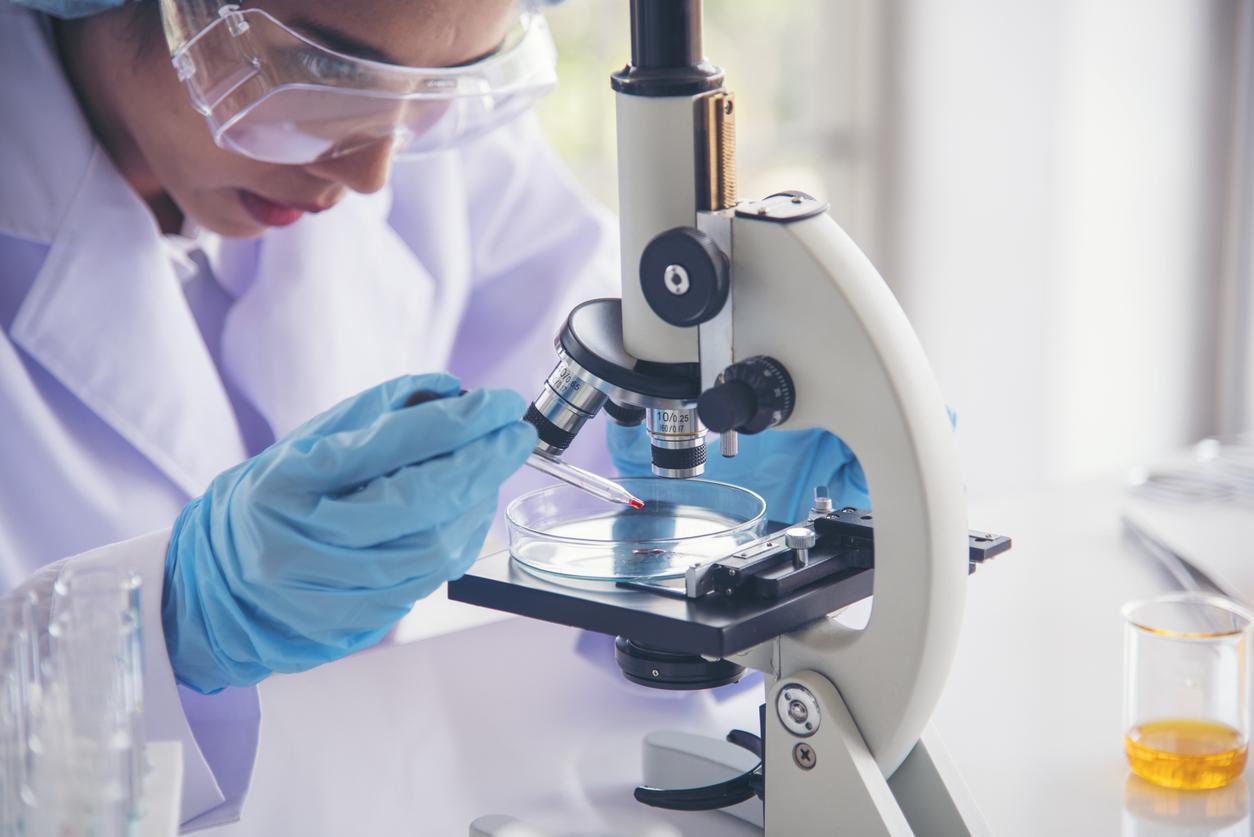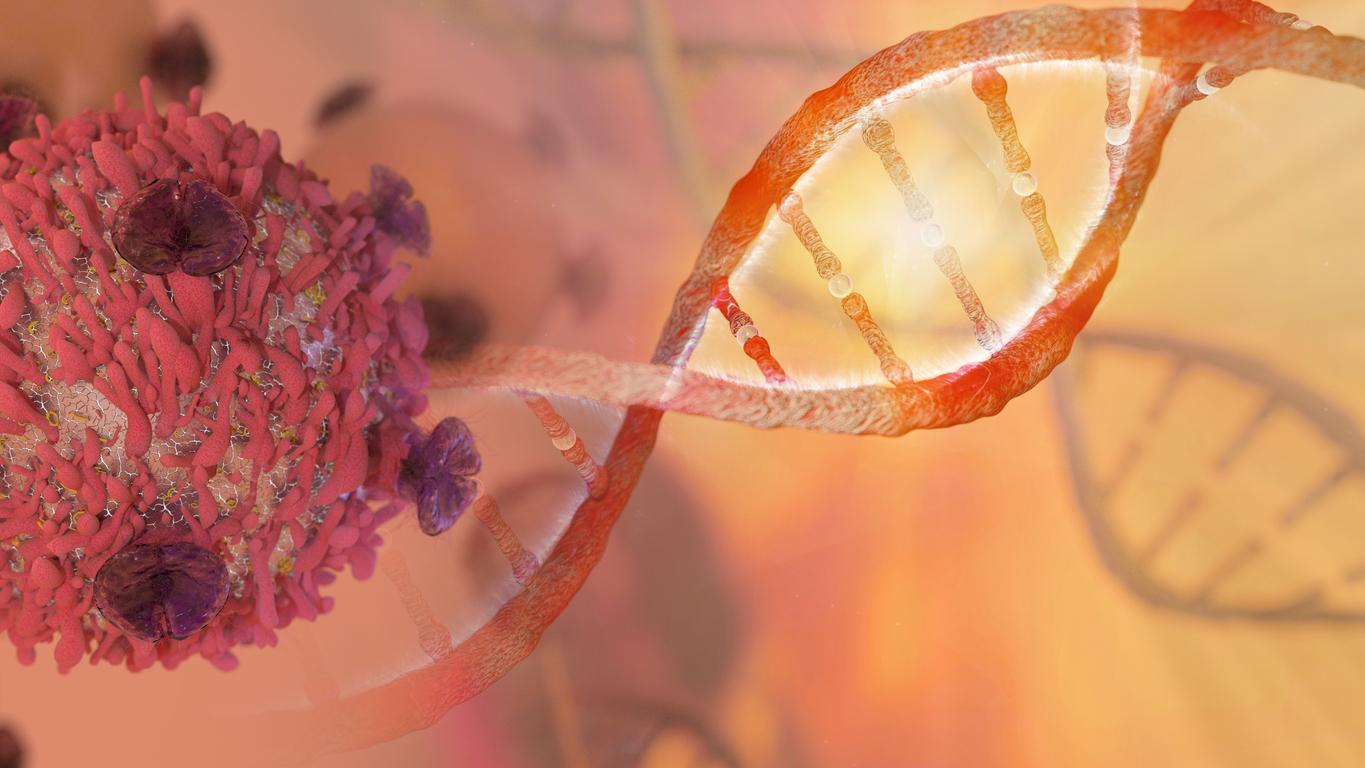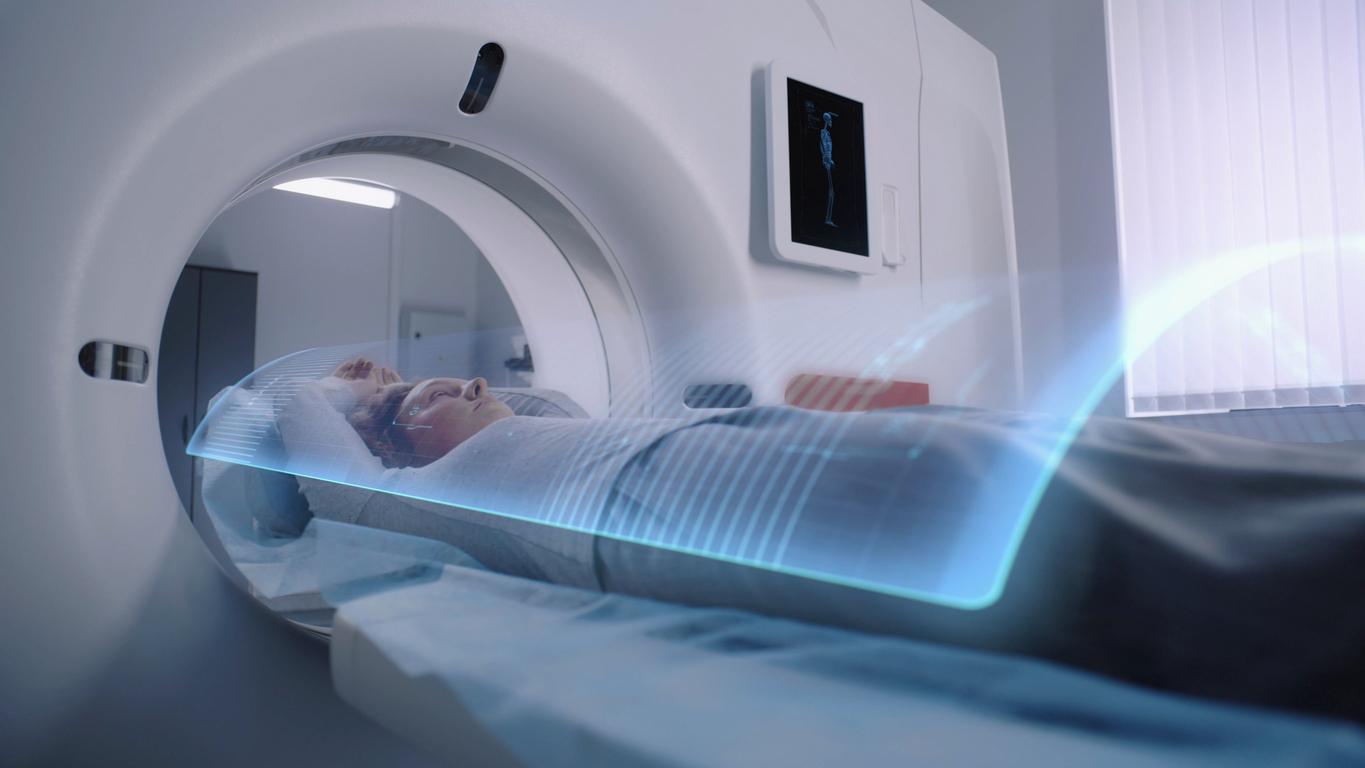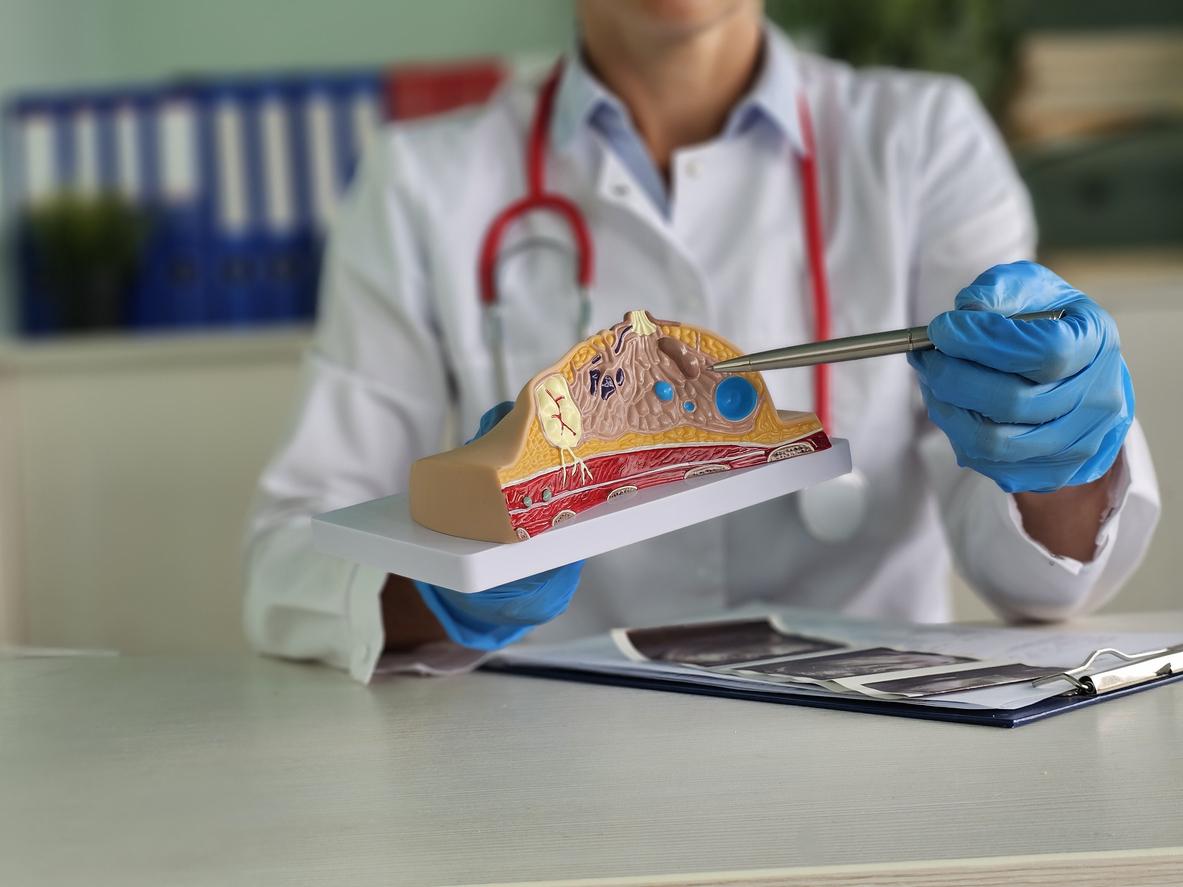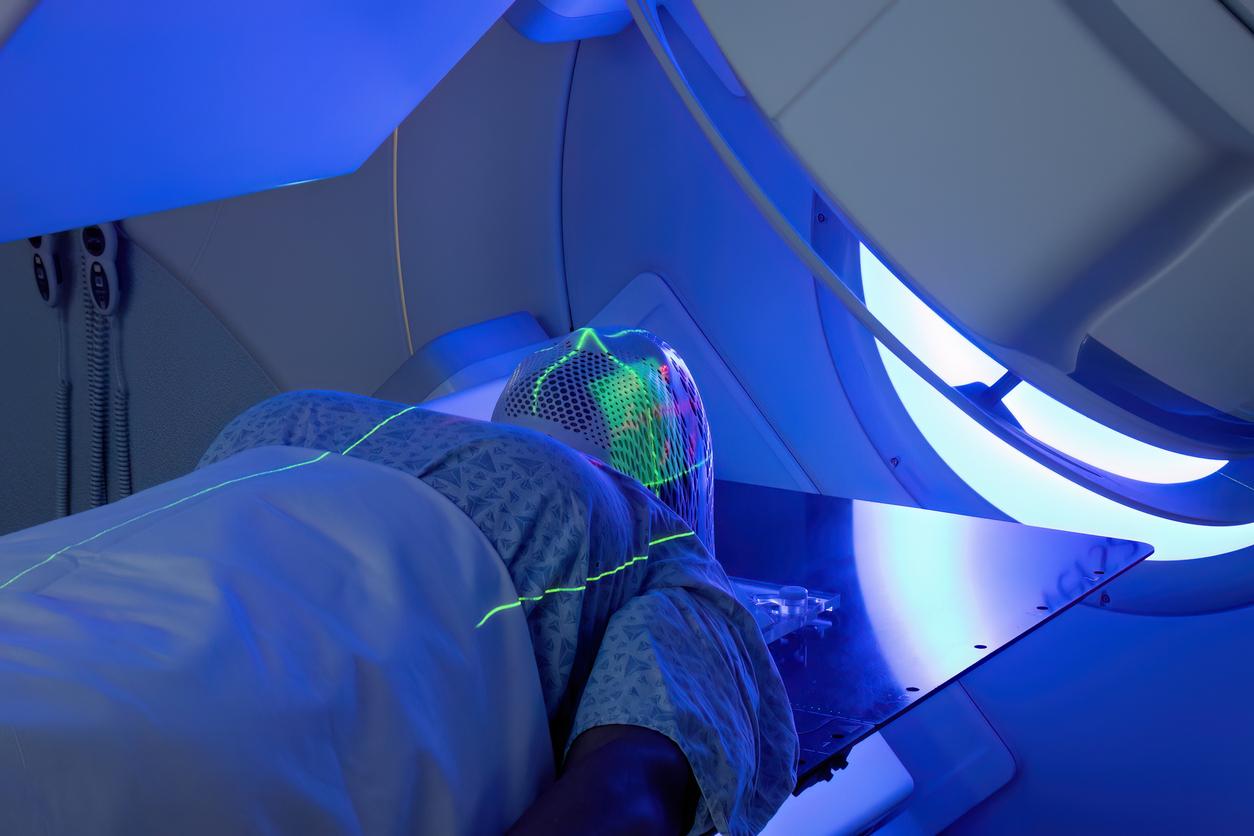Man can distinguish 1 billion billion different smells. Despite this impressive figure, the human sense of smell is much less efficient than that of certain animals. Several species have such a keen sense of smell that they can “smell” cancer.
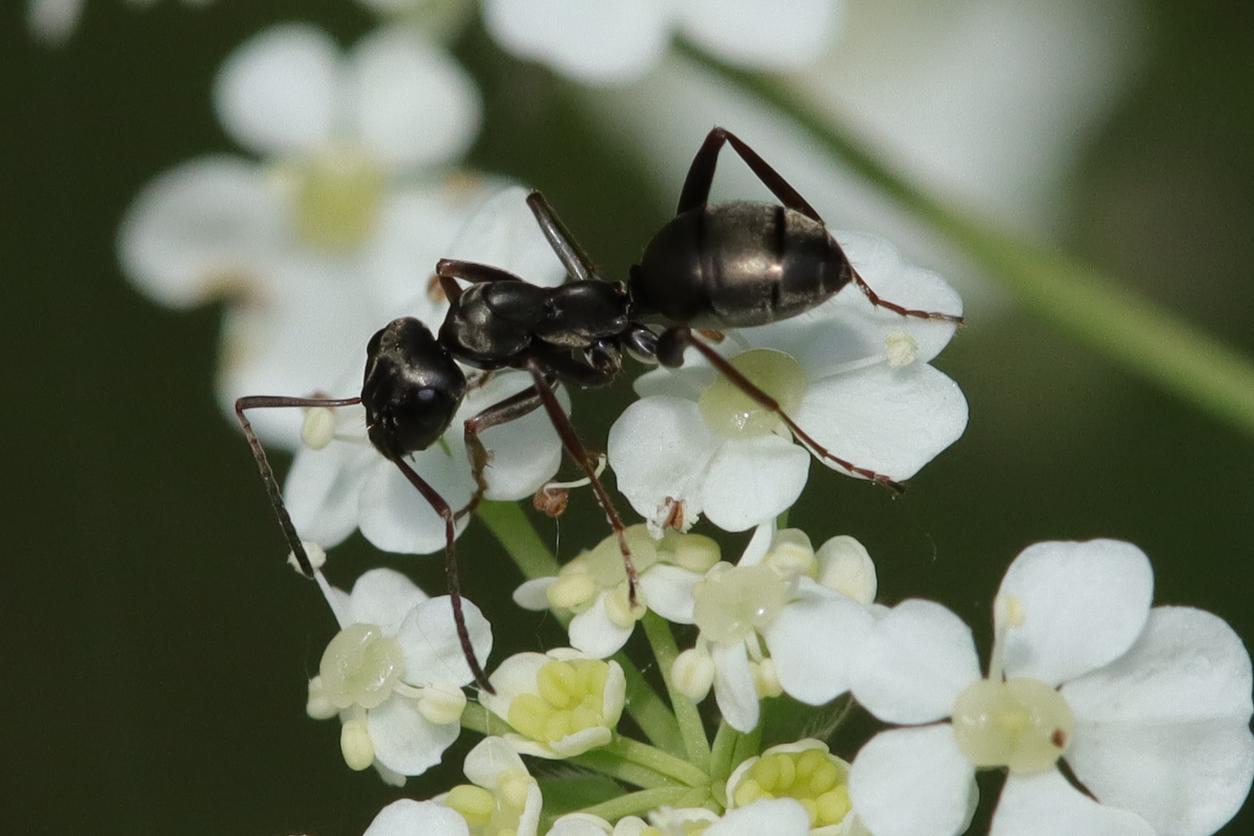
- Dogs have also been trained at the Maisons-Alfort veterinary school to detect the Covid-19 virus by smell.
- The Institut Curie is also conducting an experiment on the canine sense of smell, focusing on the detection of breast cancer. Called K-DOG, the study follows 450 female volunteers and three trained dogs to detect breast tumors early.
MRI, mammography, biopsy… the methods for detecting cancers are often expensive and/or invasive. This is where animals can help us. Indeed, several species are able to “sense” the presence of cancerous tumors in humans and thus facilitate early diagnosis.
Ants detect a cancerous tumor by the smell of urine
Although humans cannot detect it, some cancers can change the smell of urine. Ants, which have a highly developed sense of smell, can be trained to distinguish the smell of urine from a person who has a cancerous tumor.
Professor Patrizia d’Ettorre of Sorbonne Paris Nord University explained to the PA news agency: “Ants can be used as biosensors to distinguish healthy individuals from those with tumors. They are easy to train, learn quickly, are highly efficient and inexpensive to maintain.”
This discovery builds on previous research by the scientist which revealed that these insects could “sniff out” human cancer cells grown in the laboratory.
In this latest study, 70 ants formica fusca were subjected to urine samples from mice with and without tumors. After three trials, they were able to differentiate the smell of urine from healthy rodents from that of tumor-bearing mice. The expert added: “We trained them using associative learning to associate a particular smell – cancer – with a reward and after very little trial and error they learned the association.” The trained ants were found to be particularly effective and reliable at spotting cancer in the presented samples.
Baptiste Piqueret from the Sorbonne University of Paris Nord and lead author of the study published in the journal Proceedings of the Royal Society B: Biological Sciencesspecifies that the trained insects remained in the urine of the cancerous mice approximately 20% longer than in the other samples. “It looks more like a real-life situation than using cultured cancer cells”, recognized Professor Patrizia d’Ettorre. The scientific team now wants to check whether ants can do the same with human urine.
Dogs smell disease
Many cancer patients report that their dog’s behavior changed some time before their diagnosis. Which often makes them say that their animal had “smelled” the disease. Scientific studies have shown that this observation is not totally wrong. Our four-legged friends seem, in fact, able to spot the smell of cancer.
Works presented at the congress of theAmerican Society for Biochemistry and Molecular Biology in 2019 showed that dogs could distinguish between blood samples from healthy people and those from lung cancer patients by sniffing them.
If one of the 4 trained Beagles lost interest in the task to be carried out, the 3 others managed to recognize the healthy samples at 97.5% and the sick samples at 96.7%. “Dogs have olfactory receptors 10,000 times more powerful than humans, which makes them sensitive to smells that even we cannot perceive”says the study.
Wasps and bees can spot different cancers
A American Chemical Society study from 2015 showed that wasps can detect specific chemical odors. This ability would allow them to identify the presence of several cancers such as lung, skin or pancreas in the air exhaled by patients.
Bees have the same ability. Having learned of this scientific work, the Portuguese designer Susana Soares developed a glass object to use insects as a screening test. The latter is composed of a large space where the bees are placed and a second smaller one where the patient blows. The air reaches the bees. If they begin to fly in the direction of the small room, it is because they are in the presence of the odor that they have been trained to identify: that is to say cancer. However, they can also be trained to identify other pathologies such as tuberculosis and diabetes.




